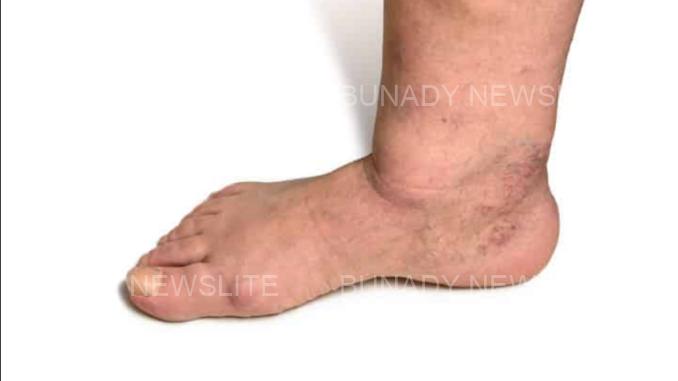5 Warning Signs Of Foot Problems Due to High Blood Sugar Level
Diabetes is a chronic illness that affects how your body processes and uses glucose from the food you eat. It either occurs when the pancreas are unable to produce enough insulin or when the body cannot effectively utilize the insulin it produces. Different types of diabetes can affect the body including Type 1, Type 2 diabetes, prediabetes and gestational diabetes....READ ORIGINAL & FULL CONTENT FROM SOURCE | READ ORIGINAL & FULL CONTENT FROM SOURCE...
However, they all share the common problem of having too much glucose in the bloodstream. It is therefore recommended to get the blood sugar level tested regularly so that the disease is checked before it progresses to something serious.
According to the US Centers for Disease Control and Prevention (CDC), some of the common symptoms of diabetes include frequent thirst and urination, unexplained weight loss, blurry vision, numbness or tingling in the hands and feet, fatigue and dry skin.
Having said that, diabetes can also cause two types of problems in the foot namely diabetic neuropathy and peripheral vascular disease.
In diabetic neuropathy, uncontrolled diabetes can affect and damage your nerves, whereas peripheral vascular disease also affects the flow of blood, leading to several symptoms that arise in the feet itself.
The common symptoms are pain, burning, tingling and numbness in legs and feet.
Difficulty in injury healing and resistance to infection because of hindered blood flow. The blood vessels become narrow and hard, and blood does not flow the way it should.
Foot ulcers that affect the ball of the foot or under the big toe. They should be shown to the doctor immediately even if they do not hurt.
Foot deformities that change the shape of the feet.
Gangrene that causes decay and death of tissue and might raise the need of amputation.
Skin changes such as dryness, cracks, damage to heels, scaling, broken skin between toes, peeling
Calluses because of high pressure areas under the foot. These calluses and corns can turn into ulcers if not treated in time.

